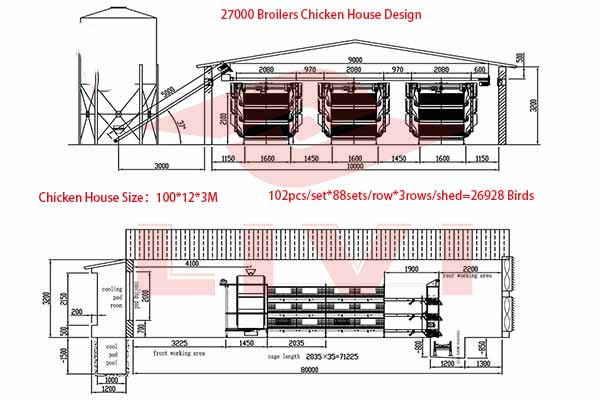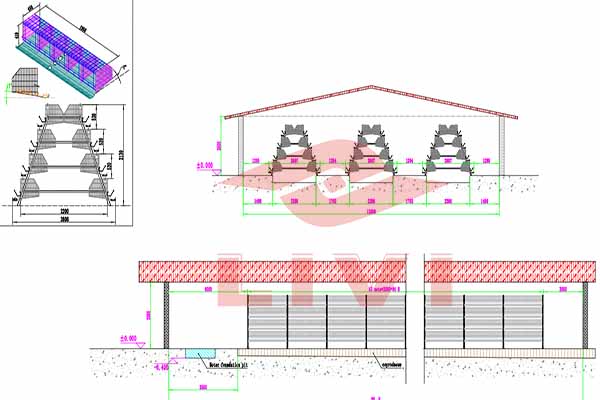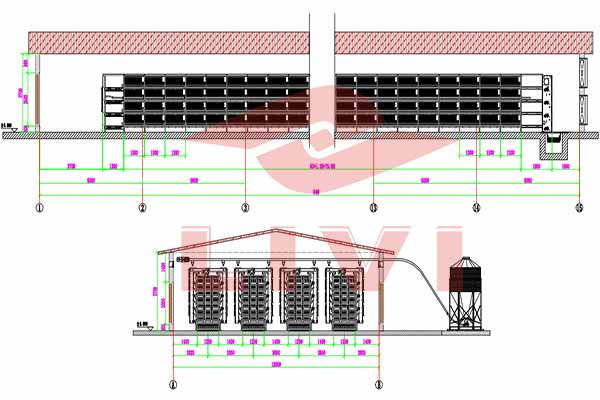Optimizing Chicken Battery Cages for 120,000 Chickens in Uganda
Uganda’s poultry industry is experiencing significant growth, with an increasing number of farmers looking to expand their operations. One common challenge faced by chicken producers is the efficient management of large-scale chicken batteries. This article will delve into the best practices for installing chicken battery cages for a 120,000-chicken operation in Uganda, considering factors such as biosecurity, space utilization, and cost-effectiveness.
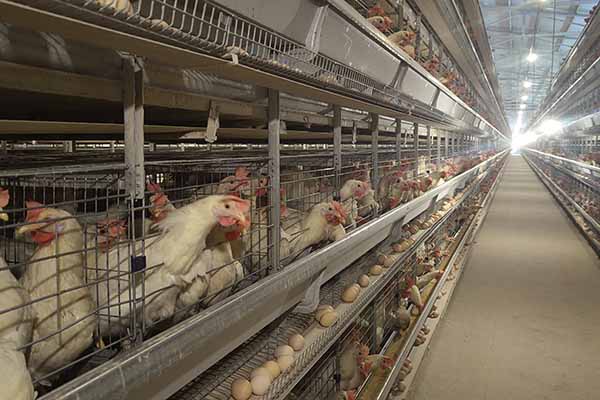
Understanding Chicken Battery Cages
Chicken battery cages are designed to provide a controlled environment for laying hens. These cages come in various sizes and configurations, and their primary purpose is to ensure the comfort and health of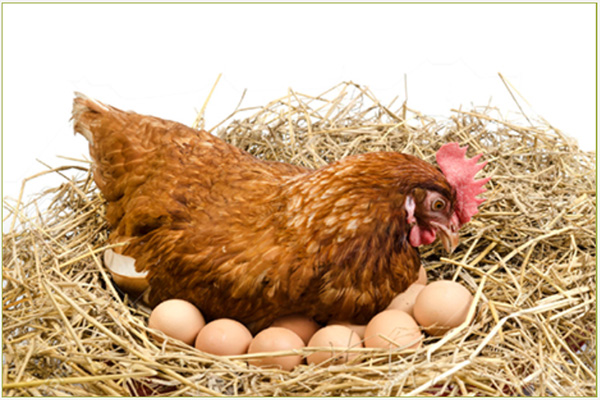 the chickens while maximizing egg production and minimizing costs.
the chickens while maximizing egg production and minimizing costs.
For a 120,000-chicken setup, the following aspects should be taken into account:
- Space Allocation: Each bird requires approximately 2-3 square feet of space in the cage. This translates to around 40,000 to 60,000 square feet of cage space for 120,000 chickens.
- Cage Dimensions: The standard width of battery cages is around 16 inches, while the height can vary based on the bird’s species and age.
- Ventilation: Proper air circulation is crucial for preventing heat stress and diseases. The cage design should allow for at least 50 cubic feet per minute of air flow per bird.
- Accessories: Nesting boxes, feeders, and waterers should be strategically placed to ensure easy access by the chickens.
Optimizing the Installation Process
Installing a chicken battery system for 120,000 chickens requires careful planning and execution. Here are some key considerations to ensure a successful installation:
- Site Preparation: Choose a location with adequate space for the battery cages and other required infrastructure, such as brooders, feed storage, and waste management facilities.
- Layout Design: The layout should be designed for easy access and management, minimizing the distance between the cages and other facilities. Use a grid layout for a more organized setup.
- Biosecurity Measures: Implement biosecurity protocols to prevent the spread of diseases, such as separating new birds from existing ones and regularly disinfecting the area.
- Equipment Selection: Opt for high-quality cages and accessories from reliable suppliers to ensure durability and performance. Consider the use of automated systems for feeding and watering to reduce labor costs.
Cost-Effective Solutions
Operating a large-scale poultry farm can be costly. Here are some tips to help reduce expenses:
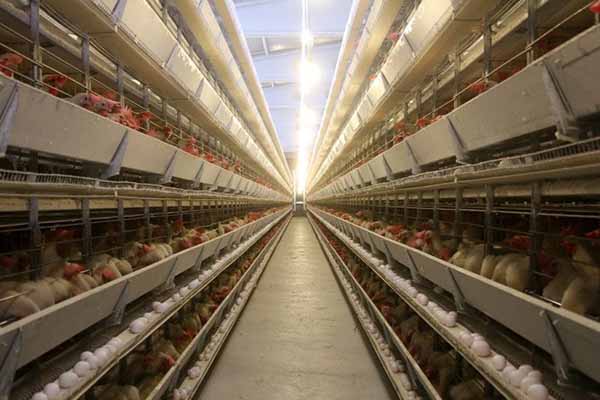
- Energy Efficiency: Use energy-efficient lighting and ventilation systems to reduce electricity consumption.
- Automation: Invest in automated systems for feeding, watering, and monitoring to minimize labor costs.
- Disease Prevention: Implement biosecurity measures to reduce the risk of disease outbreaks, which can lead to significant financial losses.
By following these guidelines, poultry farmers in Uganda can optimize their chicken battery cages for 120,000 chickens, leading to increased productivity and profitability.
For a more tailored solution to your specific needs, contact us for a free, no-obligation consultation and receive a detailed Livi Mechanical chicken farm design and equipment quote.


